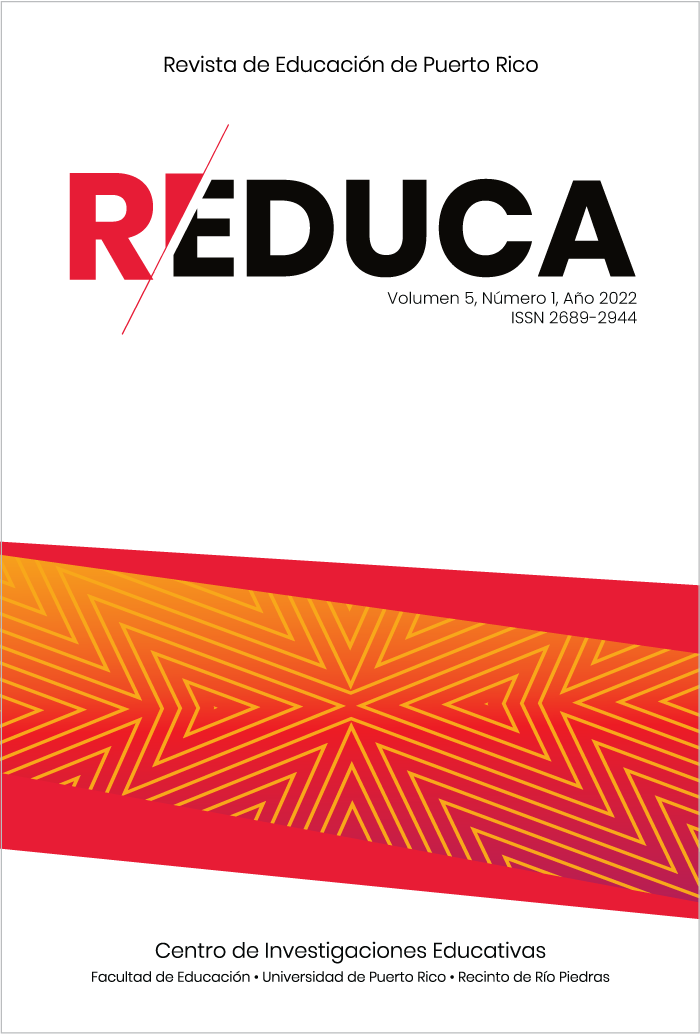Abstract
This descriptive article aims to capture the efforts made to bring teaching and learning in a virtual environment at the elementary level to a special, unique, fun way, encouraging inclusion and making it relevant to its learners through meaningful and enriching experiences. It also shares some inclusive experiences that occurred in our virtual learning community. There is no doubt virtual learning environments are no less challenging than face-to-face instruction, but they do leave ample room to embrace inclusion naturally. Amid the COVID-19 pandemic, teachers and students alike create spaces on a daily basis to communicate through words, games, body movement, laughter, anecdotes, experiences, concrete objects, pets, and even family members who assist them. This makes distance education appropriate to continue learning in a timely manner.
References
Elizondo Moreno, A., Rodríguez Rodríguez, I. & Rodríguez Rodríguez, J. (2018, enero-junio). La importancia de la emoción en el aprendizaje: Propuestas para mejorar la motivación de los estudiantes. Cuaderno de Pedagogía Universitaria, 15(29), 3-11. https://doi.org/10.29197/cpu.v15i29.296
Dueñas Buey, M. L. (2010). Educación inclusiva. Revista Española de Orientación y Psicopedagogía, 21(2), 358-366. https://doi.org/10.5944/reop.vol.21.num.2.2010.11538
Mora, F. (2019). Neuroeducación. Solo se puede aprender lo que se ama. Editorial Alianza.
Valenciano Canet, G. (2009). Construyendo un concepto de educación inclusiva: Una experiencia compartida. En M. P. Sarto Martín y M. E. Venegas Renauld (Coords.), Aspectos clave de la educación inclusiva (pp.13-24). Publicaciones del INICO, Colección Investigación. https://sid-inico.usal.es/documentacion/aspectos-clave-de-la-educacion-inclusiva/

This work is licensed under a Creative Commons Attribution-NonCommercial 4.0 International License.
Copyright (c) 2022 Revista de Educación de Puerto Rico (REduca)

